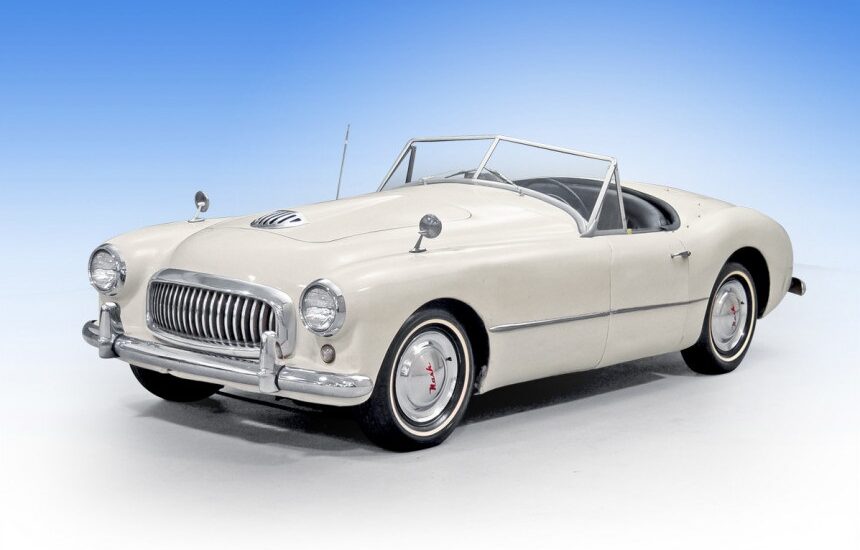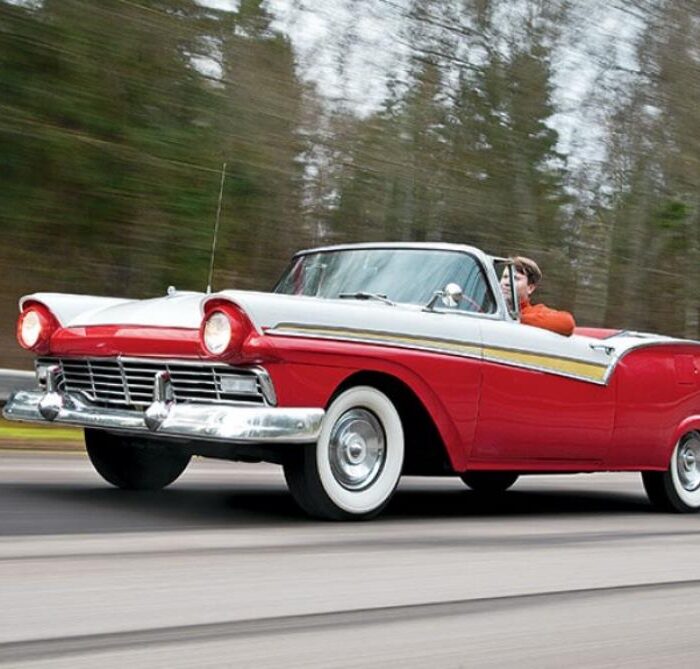Our long-standing readers might recall that we discussed this vehicle in issue #6 of 2004. However, that article focused on a later variant, while today we explore an earlier version.
This tale began aboard the ocean liner Queen Elizabeth during a voyage from the New World to the Old. On the promenade deck, two gentlemen—both passionate about photography and automobile manufacturing—met face to face. George Walter Mason, the tall, burly American head of Nash-Kelvinator Corporation, encountered the slender Briton, Donald Mitchell Healey, founder and owner of the small English firm Donald Healey Motor Company Ltd. Mason sported an unusual camera with twin lenses side by side, prompting Healey to inquire about the device. Mason, with a friendly smile, explained it was a stereoscopic camera capable of taking two slides from a single exposure, thus creating a stereo pair. This sparked a conversation revealing their direct involvement in automobile manufacturing. Over dinner, Healey mentioned he had traveled to the States for business but was returning empty-handed.
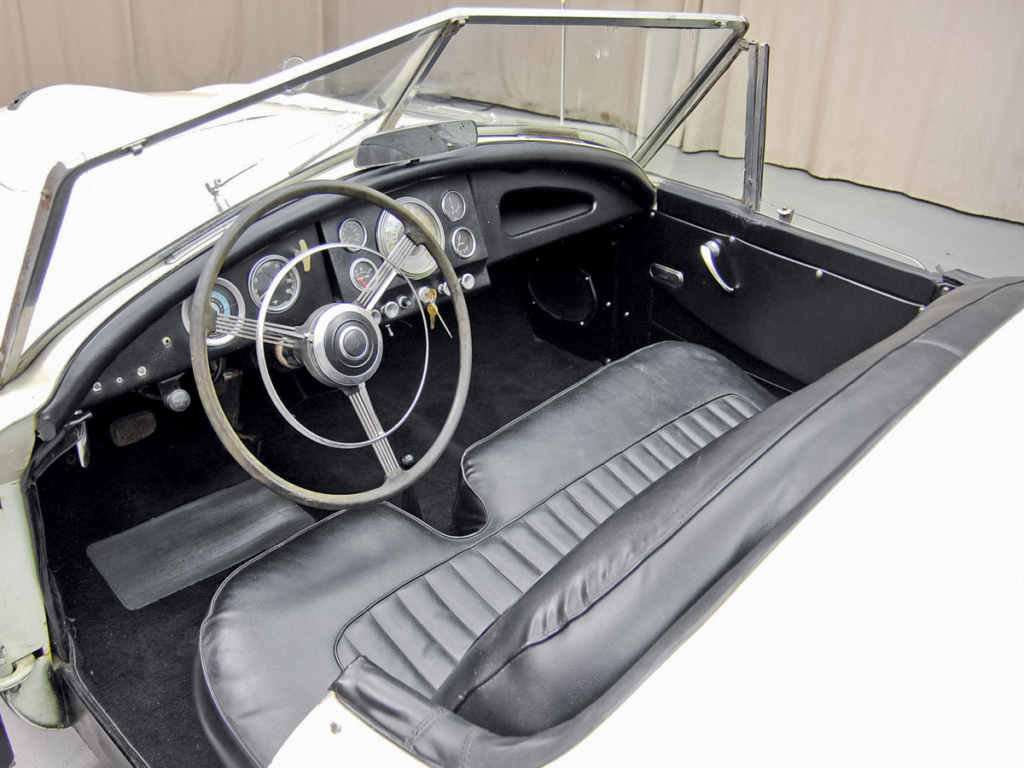
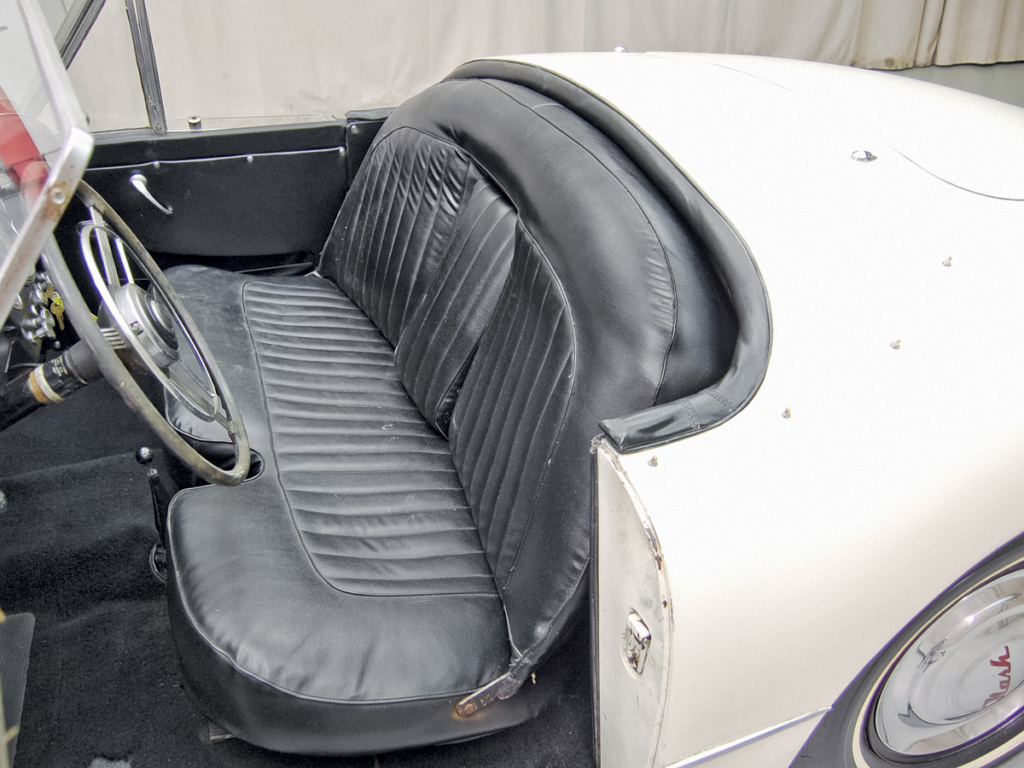
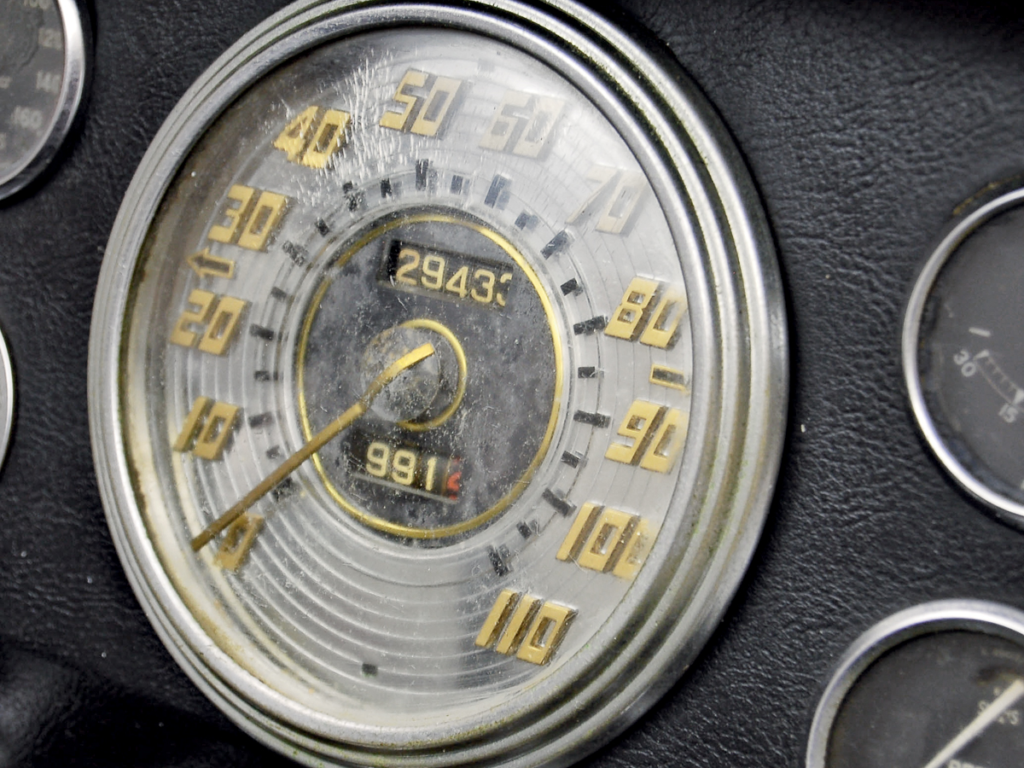
Donald Healey Motor Company Ltd., established in 1945, always used outsourced engines—primarily from Riley, equipped with twin carburetors. Healey shared a recent experience: an American sports car racer had replaced the British engine in one of his two-seater Silverstone sports cars with a new, overhead-valve V8 from a Cadillac. Impressed by the improvement, Healey had sought to arrange similar engine supply deals, only to be rebuffed by the suppliers who expressed disinterest.
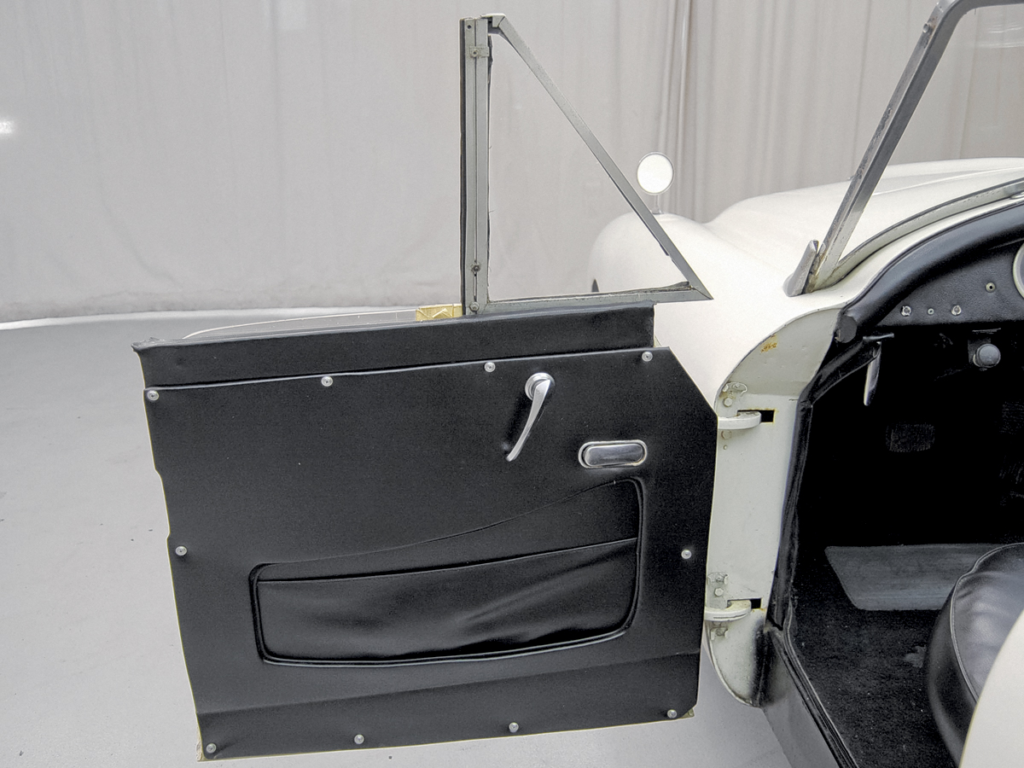
Unfazed, Mason, who enjoyed his meal thoroughly, suggested a simple solution. While he couldn’t offer any V8 engines at the moment, he did have access to a reliable, durable, large-displacement inline-six that might suit Healey’s needs. He proposed that once they docked, he would visit Healey’s facility to see if their engines could be integrated with Healey’s drivetrain, potentially eliminating the need for Cadillac’s engines.
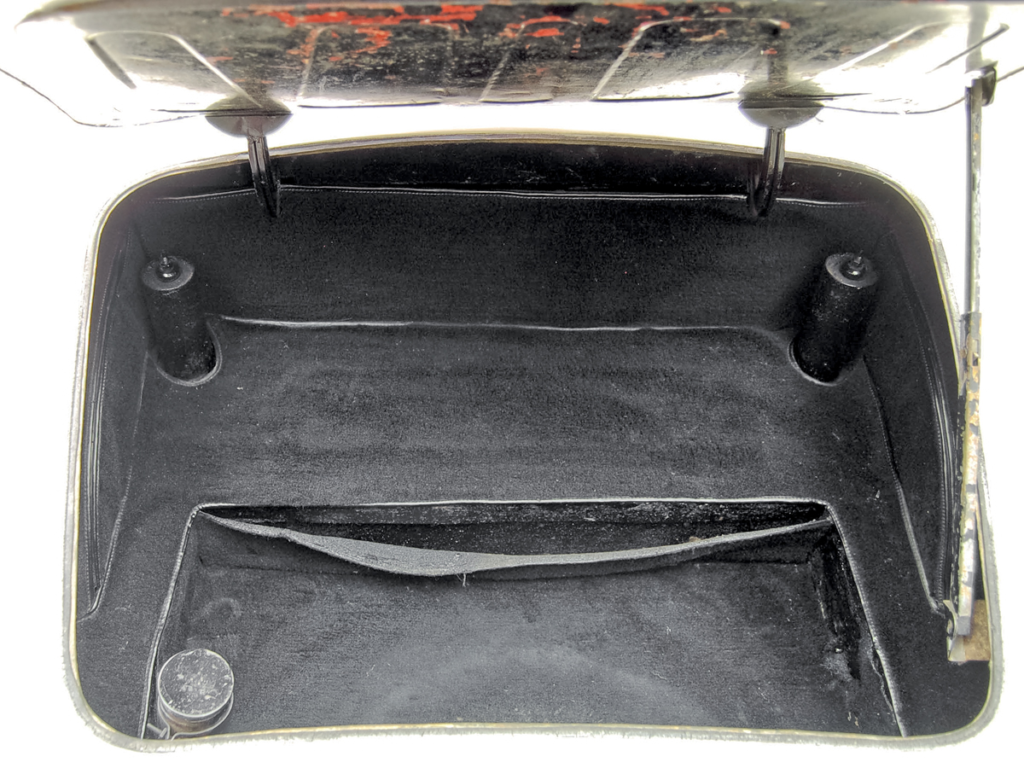
The Healey Silverstone was somewhat primitive. Its headlights, hidden behind a grille reminiscent of pre-war Peugeots, “motorcycle-style” detachable mudguards, a rear-mounted spare wheel, and a flimsy canvas top were some of its old-fashioned features. Yet, its engine bay was sufficiently spacious to accommodate the inline engine from the Nash Ambassador, complete with a three-speed Borg-Warner manual transmission with overdrive. By adding a high-compression aluminum cylinder head and twin SU carburetors, Healey boosted the engine’s output from 112 to 125 horsepower. The car retained its original front suspension but adapted the rear axle from the Nash Ambassador, complete with springs and a Panhard rod, although the Healey Silverstone continued to use traditional longitudinal leaf springs at the back.
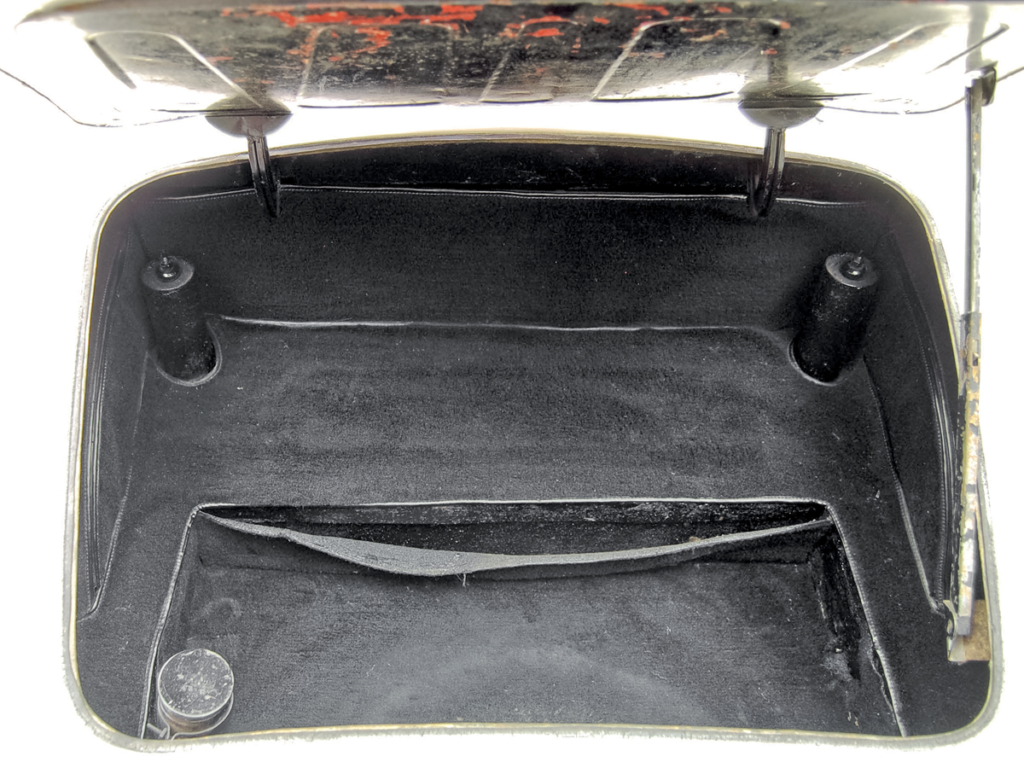
Healey himself designed the new two-seater body, which, apart from Nash’s distinctive front-end styling, was decidedly British. Panelcraft Sheet Metal in Birmingham was tasked with producing these bodies; all panels were made from aluminum sheets and sent to the Healey plant in Warwick for final assembly. The first public showing was in September 1950 at the Paris Motor Show with a hand-built prototype, and the first production model debuted in February 1951 at the Chicago Auto Show. There, Healey personally presented it to the renowned singer Petula Clark, complete with a custom “PET 1” license plate. Throughout 1951, around one hundred fifty Nash-Healeys were built in this style.
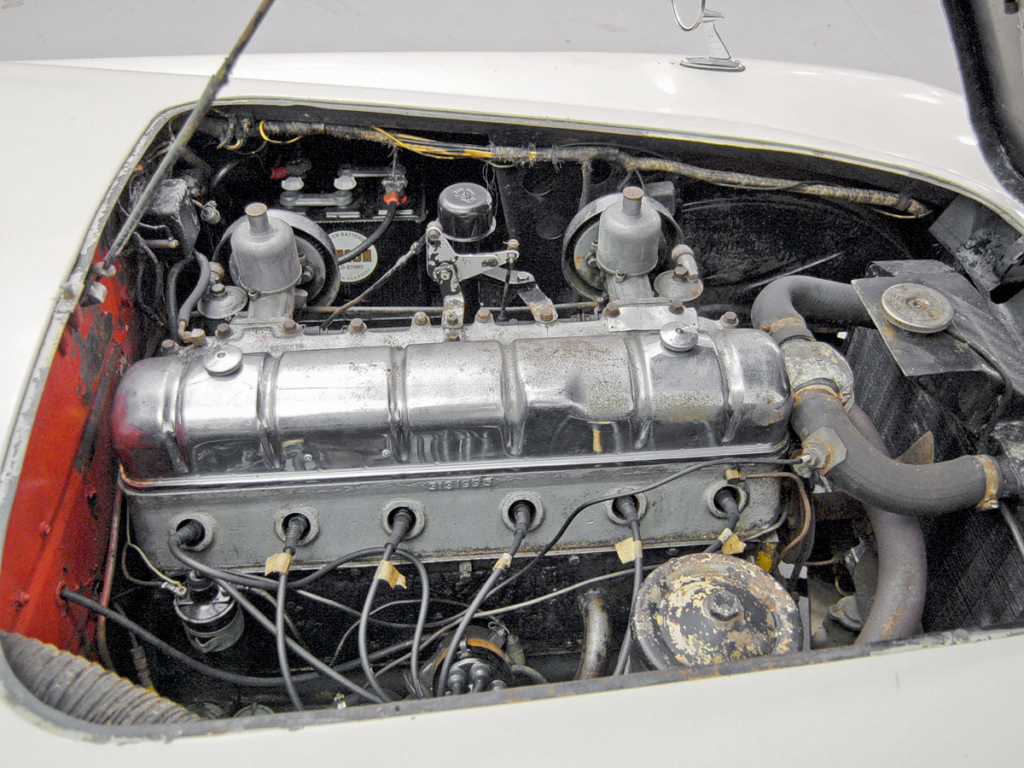
Later models of the Nash-Healey looked drastically different. Mason had by then established a close partnership with the Italian coachbuilder Pininfarina, who swiftly designed a new body and took on both its production and assembly. Though nearly four hundred of these later models were produced, including racing versions for events like Le Mans or Mille Miglia, only 104 early models were made, and not all survive today, making them a true rarity.
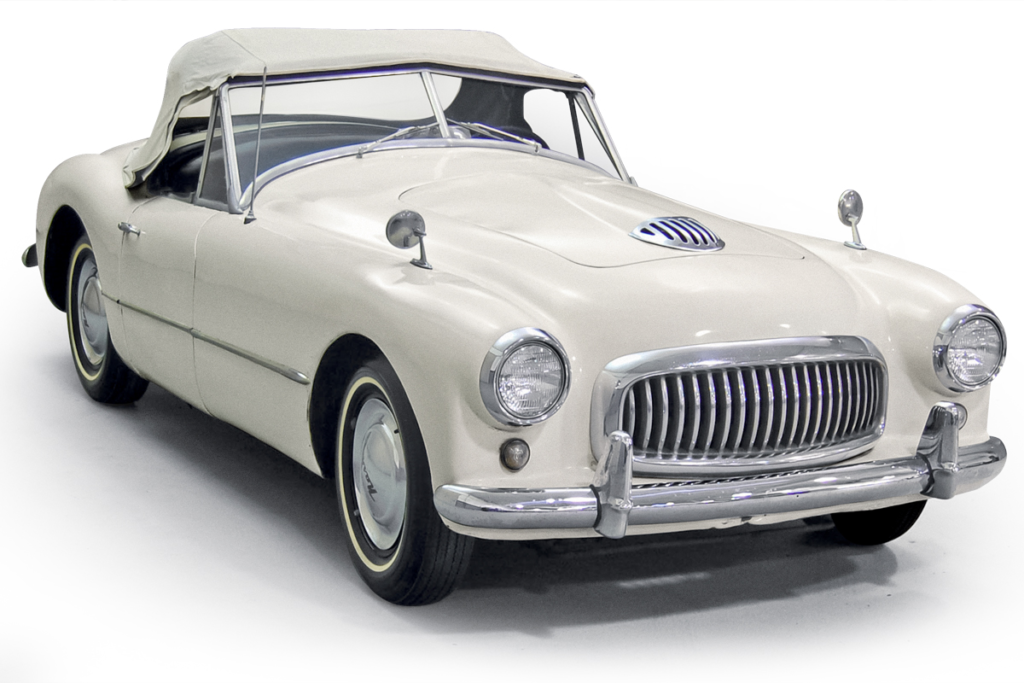
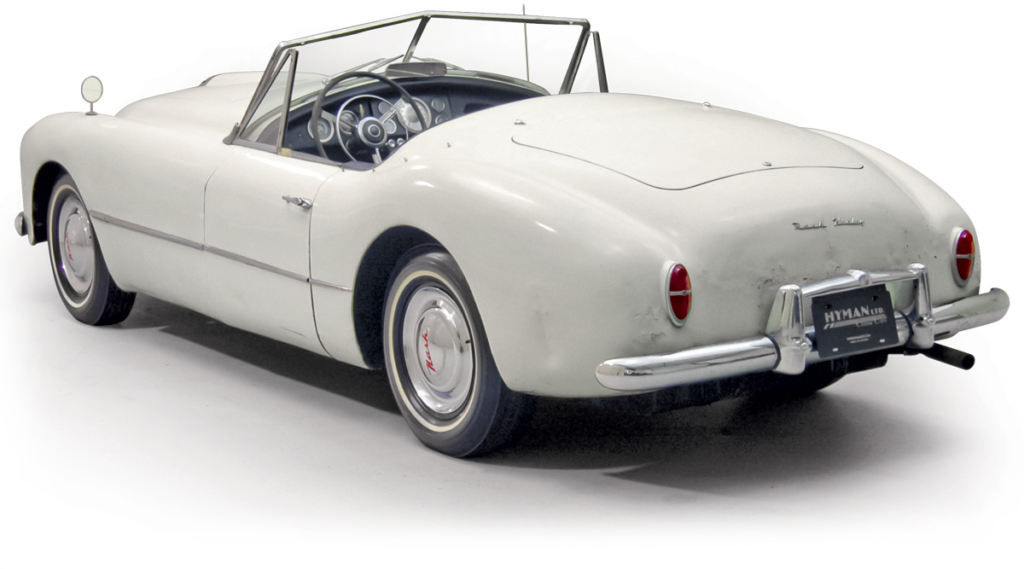
Photo: Sean Dugan, Hyman Ltd.
This is a translation. You can read the original article here: Редкий Nash-Healey Panelcraft 1951 года в рассказе Андрея Хрисанфова

Published January 23, 2025 • 4m to read

